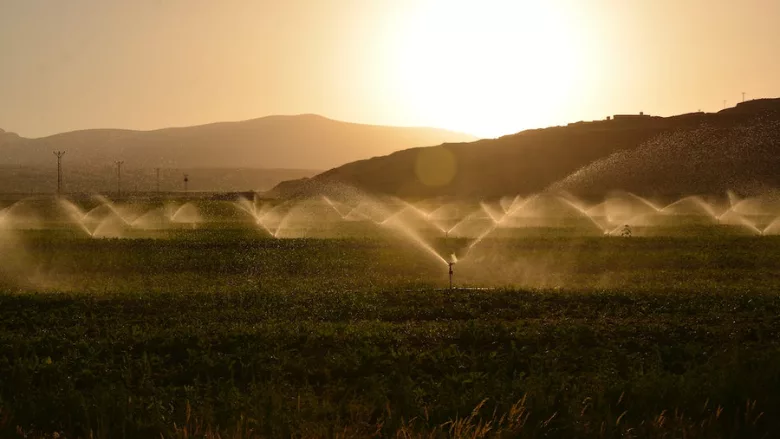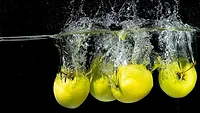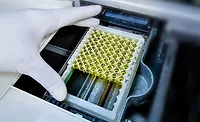Studies Aim to Improve Detection, Control Methods for Cyclospora

Credit: Süleyman Şahan (uleyman-sahan-1365370) via Pexels
Two ongoing studies funded by the Center for Produce Safety (CPS) are looking to improve detection and control methods for Cyclospora cayetanensis. A complex protozoan parasite, C. cayetanensis is extremely challenging to culture in a laboratory setting, and requires complicated microscopy for detection in samples.
Paper-Based Rapid Test for Detecting C. cayetanensis In-Field
The first project, led by Purdue University’s Lia Stanciu, Ph.D., seeks to use “aptamers”—or short strands of synthesized DNA—to bind to C. cayetanensis. The aptamers would then be used to create a paper-based, low-cost, and easy-to-use water test for the parasite, similar to rapid COVID-19 or pregnancy tests.
The researchers were able to identify certain proteins on the cell membrane of C. cayetanensis that are unique only to the parasite, and to which some DNA sequences can be bound. Such DNA-specific molecules could be synthesized and integrated into a rapid test for in-field use.
Upon exposure to C. cayetanensis oocysts in a water sample, the microfluidic paper-based tests will change color, with pink indicating a positive result and purple indicating a negative result. The test will be placed in a small portable image processing box that reads the color of the test and relays the results.
The researchers’ next step is to validate their paper-based testing system on C. cayetanensis samples obtained from specialized laboratories associated with the U.S. Food and Drug Administration (FDA).
Controlling C. cayetanensis With Zero-Valent Iron Sand Filters
Looking for quick answers on food safety topics?
Try Ask FSM, our new smart AI search tool.
Ask FSM →
The second study is exploring the use of zero-valent iron (ZVI) sand filters to remove C. cayetanensis from water, evaluating the basic principle that physical exclusion might be an option to reduce parasite burdens.
The project is led by Benjamin Rosenthal, S.D. with the U.S. Department of Agriculture’s Agricultural Research Service (USDA’s ARS). Joining Dr. Rosenthal as co-principal investigators are USDA ARS colleagues Jitender Dubey, Ph.D. and Mark Jenkins, Ph.D., as well as Manan Sharma, Ph.D. and Kalmia Kniel, Ph.D. with the University of Delaware. Previously, Dr. Kniel and Dr. Sharma conducted work on filtration to reduce bacterial and viral pathogens in water, which serves as a basis for the current project.
As part of proof-of-concept work, the researchers will use Eimeria as a C. cayetanensis surrogate. A close relative of C. cayetanensis, the chicken parasite Eimeria is readily available and safe for humans to work with.
In their initial laboratory trials, the researchers inoculated water with a known quantity of Eimeria, ran it through a PVC tube filled with sand to simulate a sand filter, and measured the parasite reduction in the outflow. The results were encouraging, but when the researchers back-flushed the makeshift filters, about 80 percent of the original Eimeria population was recovered.
The researchers then repeated the experiment using a filter comprising 50 percent sand and 50 percent ZVI, finding a similar reduction of parasites in the outflow. However, when the researchers back-flushed the ZVI medium, very few Eimeria were detected.
To determine whether ZVI has an additional physical effect on the pathogen as opposed to just sand, the researchers plan to swirl Eimeria in a solution of ZVI and water. Then the parasite will be examined for viability and virulence by being examined for injury and fed to chickens.








.webp?t=1721343192)
